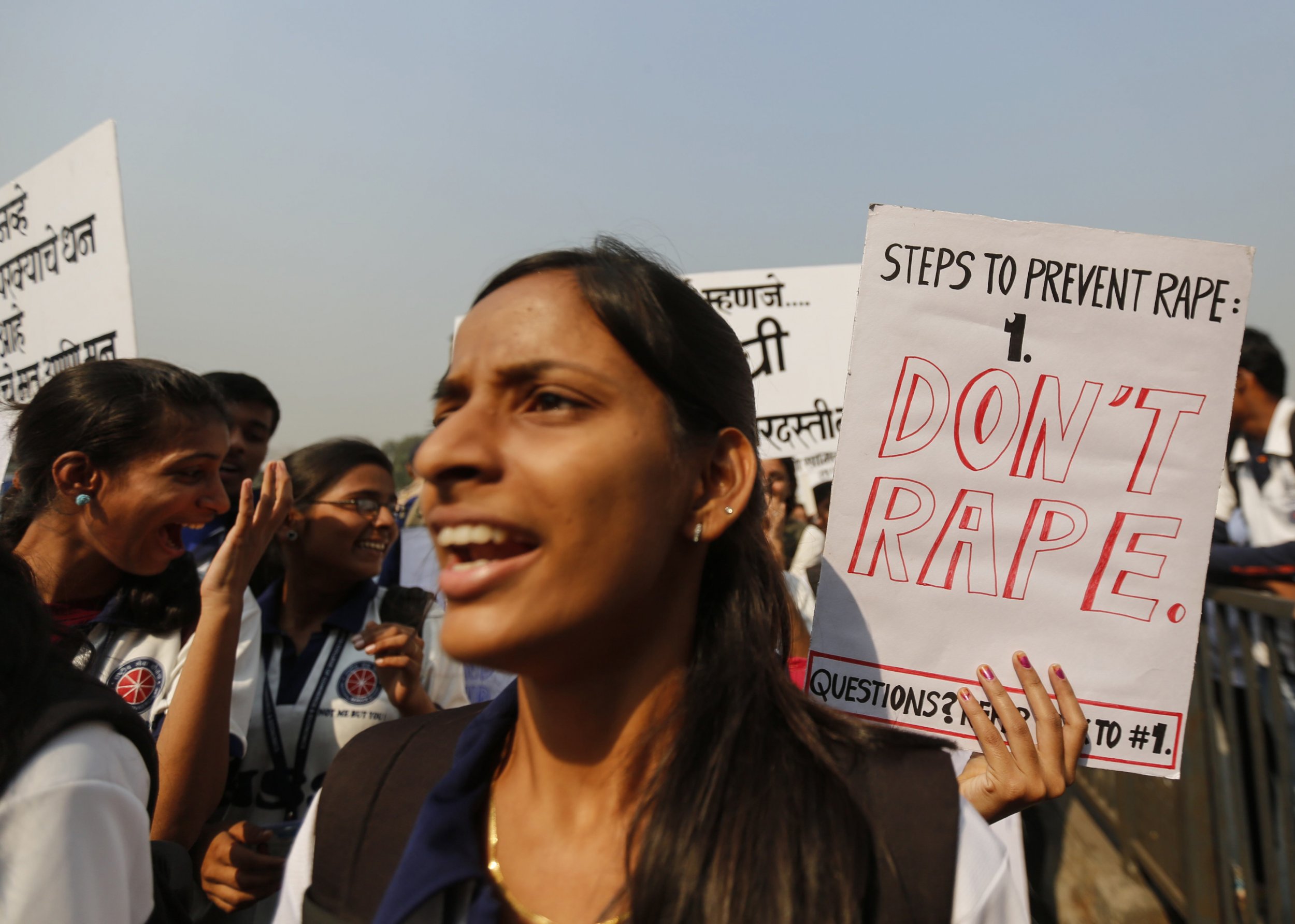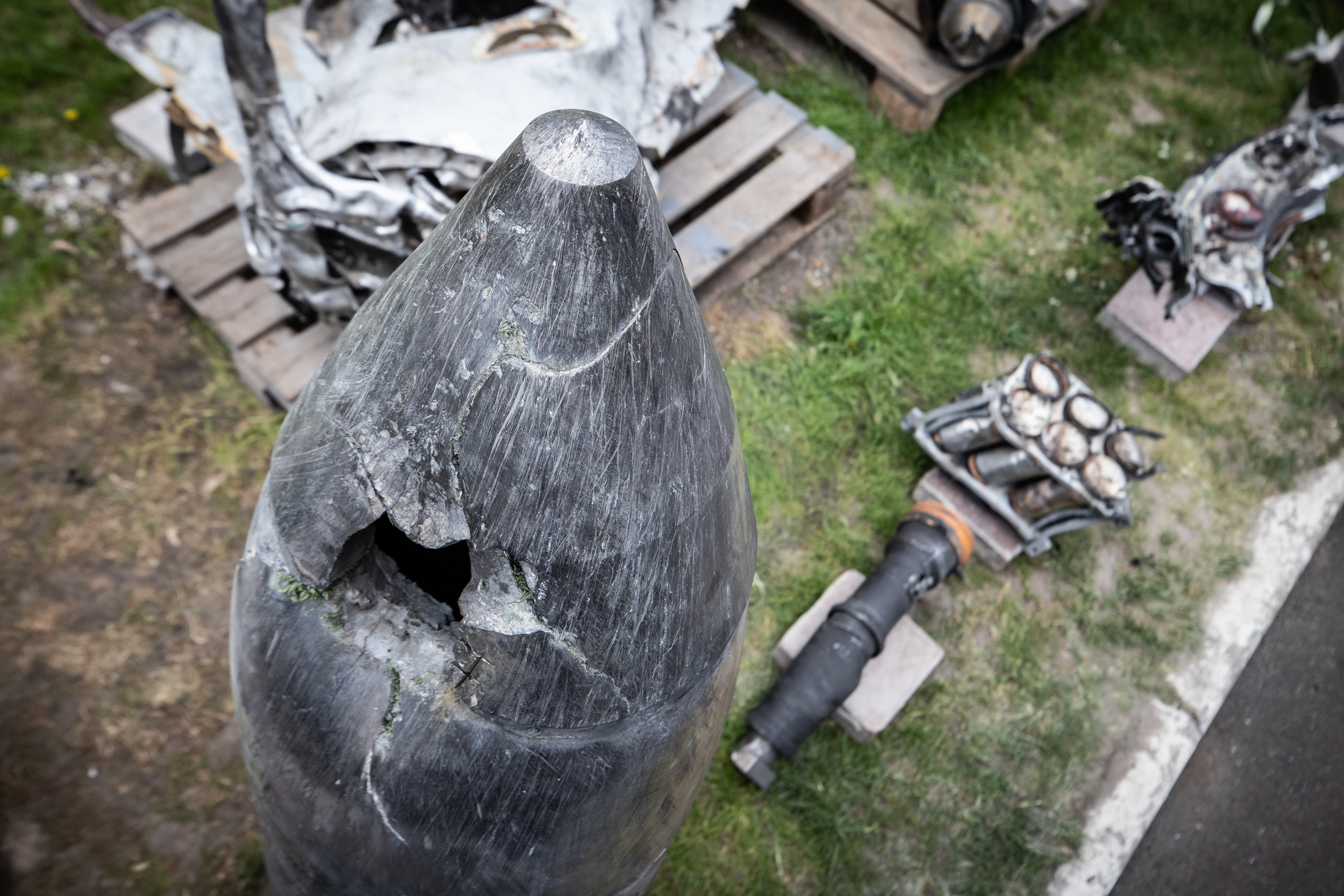
An Uber driver in Delhi, India, currently stands trial for the rape of a female passenger. Unfortunately, such attacks are not uncommon in India; a gang rape of a Delhi student on a bus two years ago garnered media attention in India and across the world.
India's rate of violence against women, particularly intimate partner violence, is one of the world's highest. In a recent survey conducted by the International Center for Research on Women (ICRW) and the United Nations Population Fund (UNFPA), more than 50 percent of women reported experiencing violence during their lifetimes, and 60 percent of men reported perpetrating intimate partner violence against their wives.
ICRW and UNFPA also noted that prejudice and violence against women in India can start even before birth, as a preference for sons encourages some women to undergo sex selective abortions. Indeed, the current birth rate in India is 1.12 boys for every girl, a clear deviation from the normal biological rate of 1.04 to 1.06.
The report by ICRW and UNFPA found that intimate partner violence (IPV) and son preference are connected to the cultural belief—held by some Indian men and women—that men must act as financial providers for their families. This definition of gender roles influences parents' preference for sons over daughters, reinforcing the cultural view that only sons are able to provide income for their families and encouraging parents to devalue their daughters, in some cases undergoing abortion rather than taking on the burden of a girl child.
Furthermore, this rigid understanding of masculinity can place stress on men who may feel they are unable to provide, with dire consequences for their wives. Indeed, the report notes that instances of IPV were significantly higher when men had experienced economic stress.
Forty percent of men surveyed who had faced economic stress reported perpetrating violence in the preceding year, as opposed to 27 percent of men who had not faced economic stress. Furthermore, rates of IPV were inversely related to wealth and age, meaning that poorer, younger men—who are also more likely to feel the burden of establishing themselves financially—are more likely to perpetrate violence against their wives.
The concept that men and only men can be economic providers for their families and the manifestations of this belief—intimate partner violence and son preference—may be combated through education. For example, son preference is statistically related to education: in the report's sample, 46 percent of men with no education expressed a high preference for sons, compared with 38 percent of men with some secondary education and 27 percent of men who had graduated or received higher education.
Education has the power to target the problem at its root: the notion that men are the sole providers for families. India can work to change this understanding of masculinity through gender equality programing that targets both boys and girls. By developing a curriculum that breaks down traditional gender roles, with potential help from the United States, India can tackle the ideas underlying much of the violence against women.
Despite increased attention to violence against women since the December 2012 bus attack, change has been slow in India. Ending violence against women and altering the preference for sons, as well as empowering Indian women in the economic and social spheres, requires an evolution of cultural notions of masculinity in India. Such a shift in norms can only be accomplished by educating both boys and girls.
Hannah Chartoff is a research associate at the Council on Foreign Relations. This article first appeared on the Council on Foreign Relations website.
Uncommon Knowledge
Newsweek is committed to challenging conventional wisdom and finding connections in the search for common ground.
Newsweek is committed to challenging conventional wisdom and finding connections in the search for common ground.
About the writer
To read how Newsweek uses AI as a newsroom tool, Click here.








